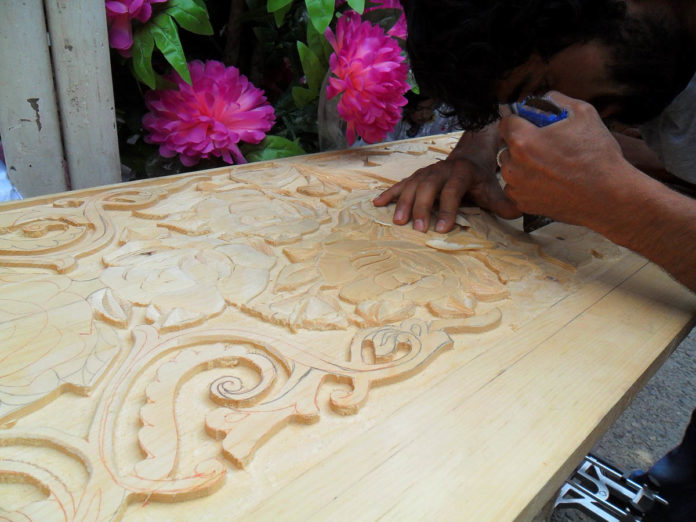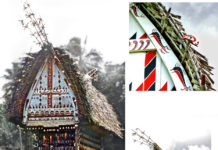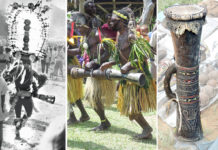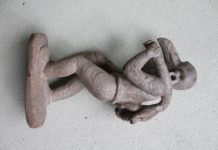Chubkori (artistic woodcarving) is among the oldest Tajik traditional crafts. Number of monuments of artistic wood carvings from different eras reach us in the form of details of architecture, such as friezes, columns, beams, lattices, as well as furniture and other household items. The use of wood as a construction material by Tajiks is mentioned by medieval chroniclers Muhammad Narshahi, Ibni Khavkal, Makdisi, Abdurazoki Samarkandi and others. The historical centers of the art of woodcarving in the territory of present-day Tajikistan were cities of Istaravshan, Khujand, Isfara, Penjikent, and villages in the upper reaches of Zeravshan.
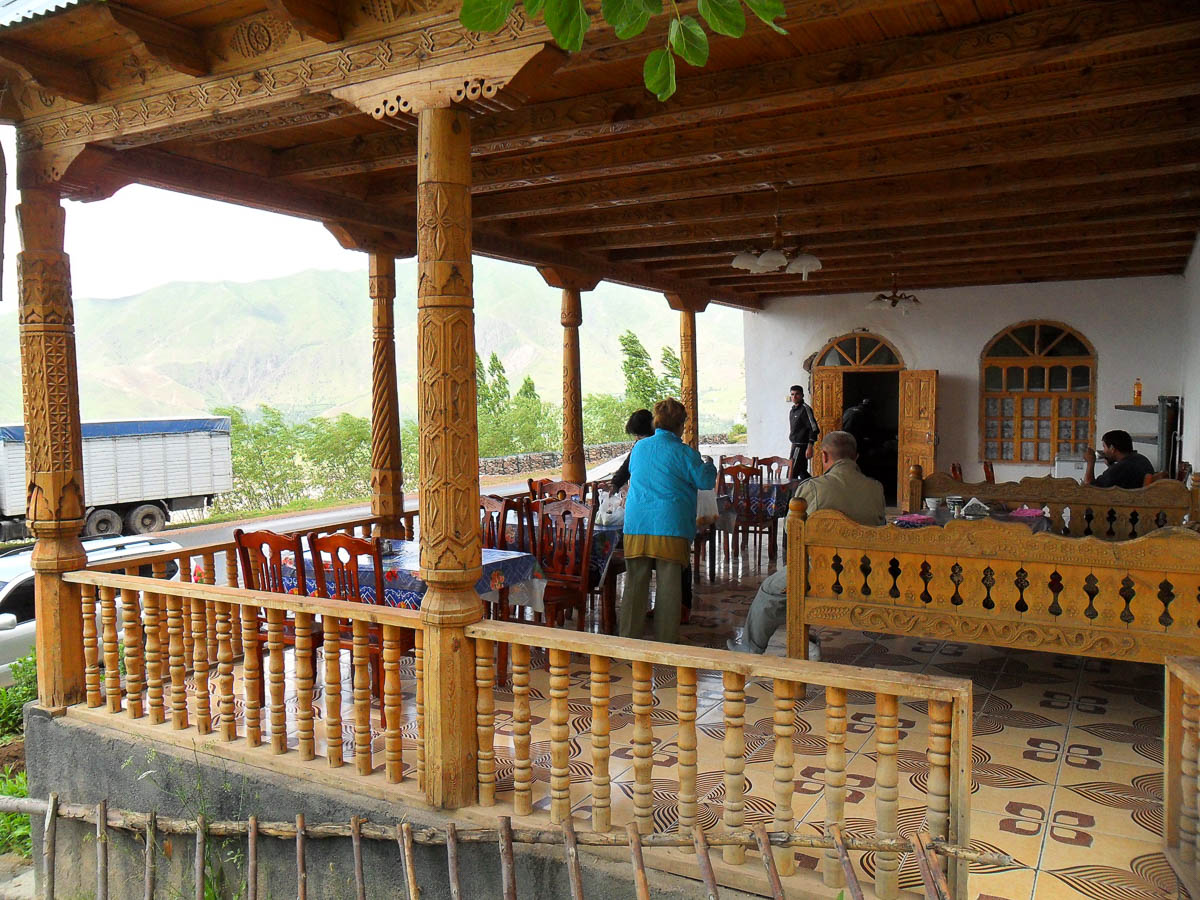
The art of woodcarving in Tajikistan is represented by several types: bas relief carving (kandakoryi bardzhasta), straight smooth carving (kandakoryi hamvor), deep carving (chukur) and closed carving (ruybas). Types of wood used by craftsmen included cedar, plane tree (sycamore), willow, poplar, linden, and beechwood.
The arrival of Islamic culture to the region was marked by artisans’ withdrawal from the plot carving and the transition to conventionally abstract ornament. The carving was used mainly in the decor of the crossbeams, panels, columns and consoles, in the capitals of mosques such as Khavzi Sangin, Daloni Bolo (Ura-Tube), Jome (Khujand), Surkh (Isfara) and others. Folk craftsmen of mountainous Tajikistan use multi-row system of stalactites and stalagmites in carving. Artistic processing of wood was used in carved tombstones and friezes with inscriptions, columns, beams, bars, curved tables, etc.
Tajiks from Pamir and areas in close proximity to Pamir mountain range often used wood carving to decorate the interiors of their dwellings. Especially often, this kind of decoration was used in making beams for hanging carcasses of sheep and goat (buzoves, buchkigich), horn-like beams (kuchkorak, ovak) and round chests (chohdon).
Masters used floral ornament (islimi) and geometric ornament (girih). Ornamental motifs of islimi are branches, leaves, flowers, buds and other components of the plant world. Among the favourite motifs of Tajik masters are bodom (almonds) and three-, four- and multi-petalled flowers: lola (tulip), guli savsan (iris) and guli hairi (mallow), as well as images of a bouquet or a bush of pomegranate and grapes, symbolising fertility and wealth. In the artistic woodcarving of the masters of Karategin, Darvaz, Kulyab, Gissar and Pamir, the complex geometric ornament of girikh prevails. In the wood carving of the mountain regions of Tajikistan, archaic elements, forms and names of the patterns that symbolise the heavenly bodies, animals and plants are preserved.
Today, the continuation of the ancient traditions of Tajik woodcarving art can be seen in the decor of the cultural center Khurramshahr in Dangara and Kokhi Navruz Palace in Dushanbe. Outstanding contemporary masters of wood carving in Tajikistan are S. Nuriddinov, U. Barotbekov, R. Rajabov, M. Soliev, S Mirsaidov, A. Khaydarov, A. Yakhyaev, A. Yuldashev and others.
Young generation of woodcarvers are trained and educated at the State Institute of Fine Arts and Design of Tajikistan, the Republican Art College named after M.Olimov and the College of Folk Crafts.
Source
Zafarsho Ibrokhimzoda, Deputy Director of the National Museum of Tajikistan


